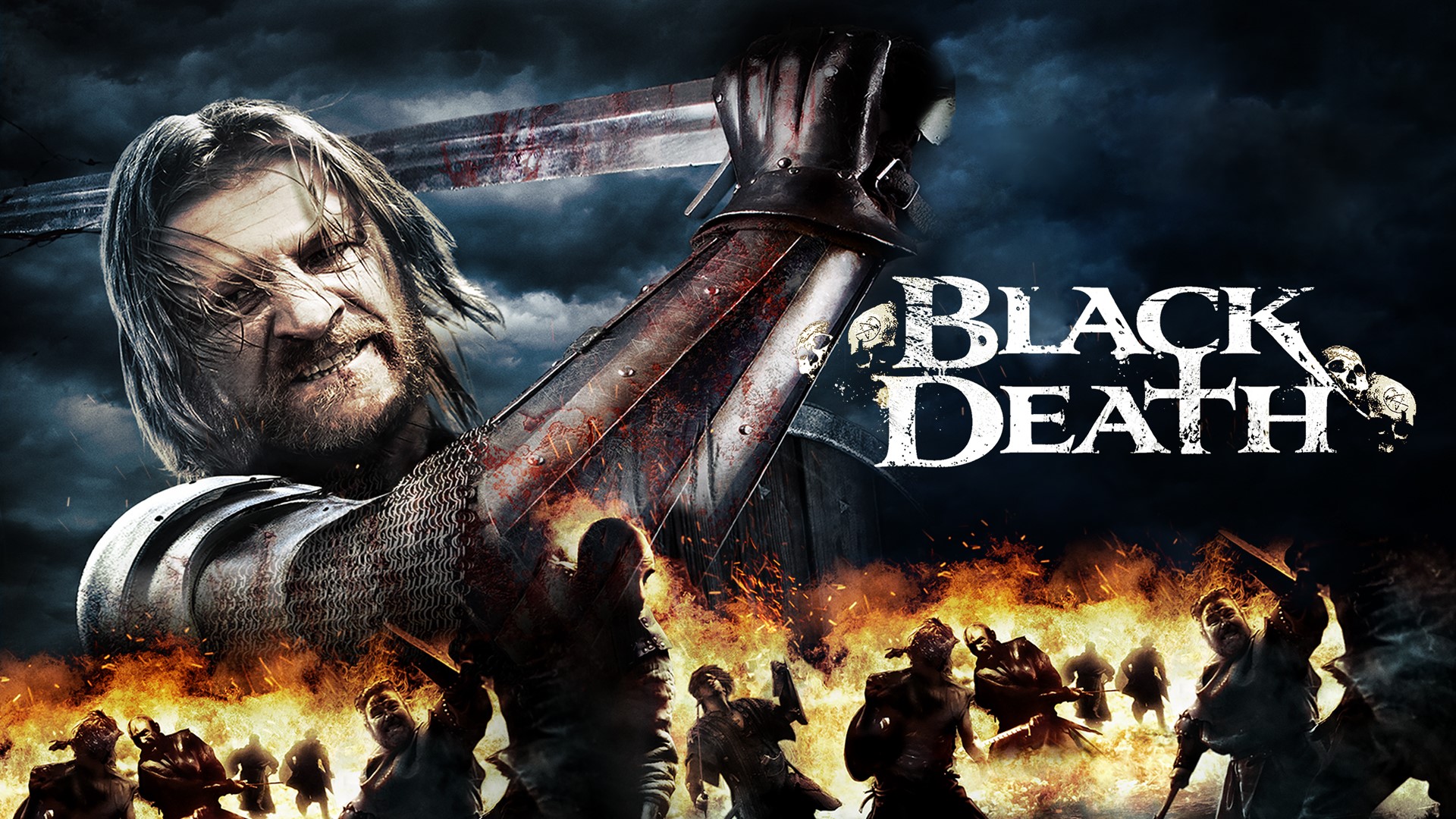Black Death (2010)

“Black Death,” released in 2010, is a gripping horror-action film directed by Christopher Smith, featuring a stellar cast that includes Sean Bean, Eddie Redmayne, and Carice van Houten. Set against the grim backdrop of the Black Plague in the 14th century, the film masterfully blends historical drama with horror elements, creating a haunting narrative that explores themes of faith, superstition, and the struggle for survival.
The film opens during a period of great turmoil in medieval Europe, as the Black Plague devastates villages and decimates populations. The atmosphere is thick with dread, and the cinematography captures the bleakness of the landscape, reflecting the despair and hopelessness of the time. The story follows a young monk named Osmund, portrayed by Eddie Redmayne, who is torn between his religious convictions and the harsh realities of the world around him.
Osmund is tasked with guiding a group of soldiers, led by the rugged and determined Ulric (Sean Bean), to a remote village rumored to be untouched by the plague. Their mission is to investigate reports of a necromancer believed to be resurrecting the dead, raising questions about faith and the supernatural. This premise sets the stage for a journey that challenges the characters’ beliefs and forces them to confront the nature of evil.
Sean Bean delivers a powerful performance as Ulric, a seasoned warrior who embodies both strength and complexity. His character is driven by a sense of duty and a desire to protect his men, yet he also grapples with his own doubts and moral ambiguities. The dynamic between Ulric and Osmund is central to the film, as their differing perspectives on faith and survival create tension and conflict. Osmund’s innocence and naivety are juxtaposed against Ulric’s hardened realism, making their interactions compelling and thought-provoking.
Carice van Houten plays the enigmatic character of Langiva, a woman with mysterious powers who lives in the secluded village. Her portrayal adds a layer of intrigue and danger to the film, as Langiva embodies the duality of femininity—both nurturing and destructive. The interactions between Langiva and the male characters explore themes of temptation, manipulation, and the seductive nature of power, adding depth to the narrative.

The film’s exploration of faith is particularly striking. Osmund’s journey represents a quest for understanding in a world plagued by uncertainty and fear. As he witnesses the horrors of war and the suffering caused by the plague, his faith is tested, leading him to question the existence of God and the nature of good and evil. This internal struggle is beautifully portrayed, showcasing Redmayne’s ability to convey vulnerability and confusion in the face of overwhelming despair.
“Black Death” is not just a tale of physical survival; it delves into psychological horror as well. The film effectively uses suspense and atmosphere to create a sense of impending doom. The villagers’ fear of the supernatural and their desperate attempts to ward off evil add layers of tension, while the brutal violence depicted throughout the film serves as a stark reminder of humanity’s darker impulses. The horror elements are not merely for shock value; they serve to enhance the film’s commentary on the fragility of life and the moral complexities of human nature.

The cinematography, helmed by cinematographer Timo Salminen, plays a crucial role in establishing the film’s tone. The dark, moody visuals evoke a sense of dread and isolation, while the desolate landscapes serve as a metaphor for the characters’ inner turmoil. The use of natural light and shadow creates a haunting atmosphere that lingers long after the credits roll, immersing the audience in the bleak reality of the era.
The film’s pacing is well-crafted, balancing moments of intense action with quieter, introspective scenes. As the group ventures deeper into the unknown, the tension mounts, leading to a climactic confrontation that forces characters to make harrowing choices. The narrative builds to a satisfying conclusion, leaving viewers contemplating the implications of faith, sacrifice, and the nature of evil.

In addition to its compelling story and strong performances, “Black Death” also serves as a commentary on the historical context of the time. The film highlights the fear and superstition that permeated society during the plague, illustrating how communities responded to crisis with a mix of faith and violence. The portrayal of the villagers’ struggles to maintain their beliefs in the face of overwhelming tragedy resonates with contemporary themes of fear and uncertainty, making the film relevant even today.

In conclusion, “Black Death” is a haunting and thought-provoking film that masterfully combines elements of horror, action, and historical drama. With strong performances, particularly from Sean Bean and Eddie Redmayne, and a gripping narrative that explores profound themes of faith and morality, the film leaves a lasting impact. Christopher Smith’s direction, coupled with the atmospheric cinematography, creates a visceral experience that immerses viewers in the dark realities of the 14th century. “Black Death” stands as a notable entry in the horror genre, reminding us of the complexities of human nature in the face of unimaginable suffering.
Suggested videos for you:
Behind Bars: The Fight for Justice
Suggested videos for you:
Ghosts of England: A Tragic Empire
Suggested videos for you:











